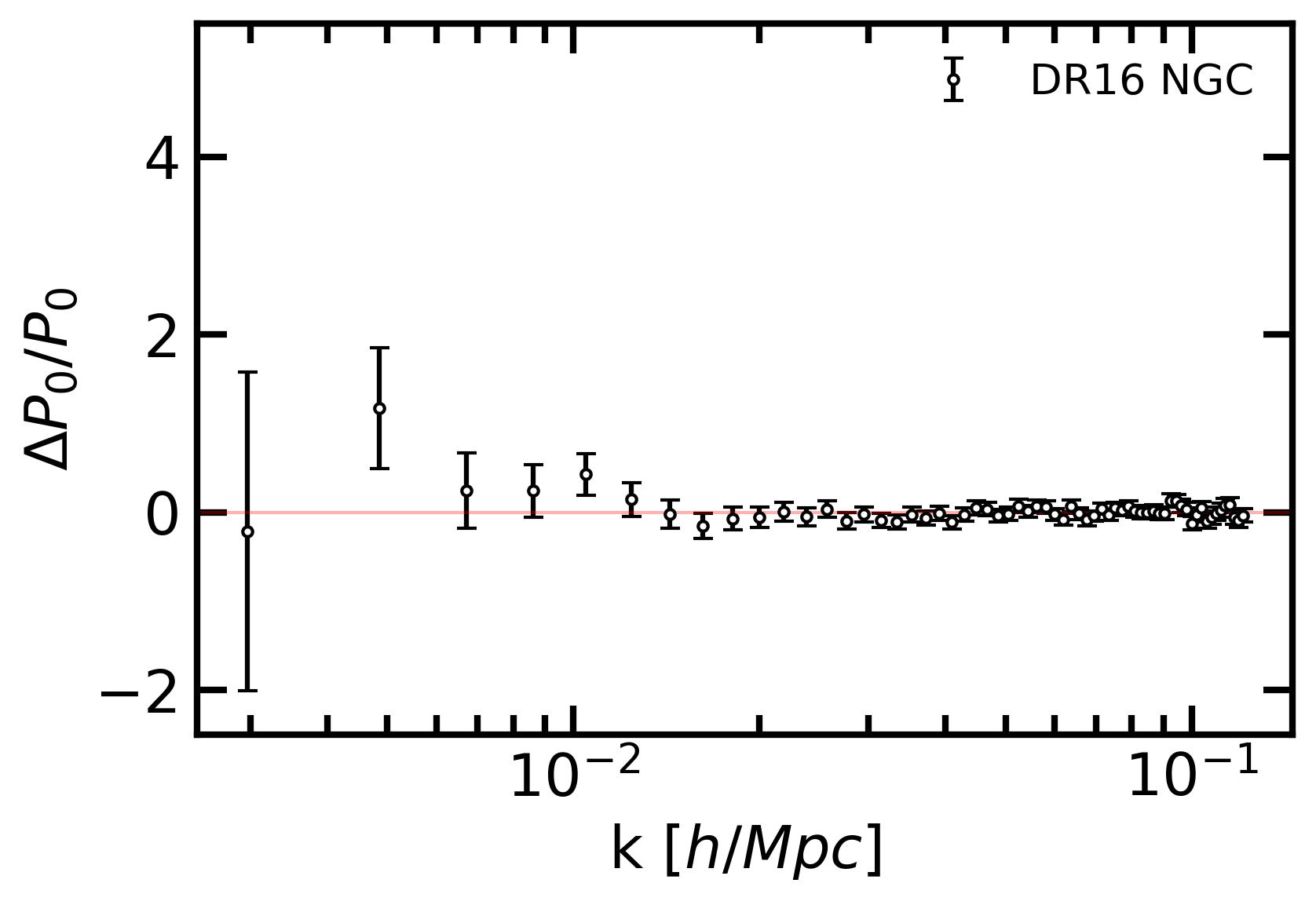Primordial non-Gaussianity from the Completed SDSS-IV extended Baryon Oscillation Spectroscopic Survey I: Catalogue Preparation and Systematic Mitigation
We investigate the large-scale clustering of the final spectroscopic sample of quasars from the recently completed extended Baryon Oscillation Spectroscopic Survey (eBOSS). The sample contains $343708$ objects in the redshift range $0.8<z<2.2$ and $72667$ objects with redshifts $2.2<z<3.5$, covering an effective area of $4699~{\rm deg}^{2}$. We develop a neural network-based approach to mitigate spurious fluctuations in the density field caused by spatial variations in the quality of the imaging data used to select targets for follow-up spectroscopy. Simulations are used with the same angular and radial distributions as the real data to estimate covariance matrices, perform error analyses, and assess residual systematic uncertainties. We measure the mean density contrast and cross-correlations of the eBOSS quasars against maps of potential sources of imaging systematics to address algorithm effectiveness, finding that the neural network-based approach outperforms standard linear regression. Stellar density is one of the most important sources of spurious fluctuations, and a new template constructed using data from the Gaia spacecraft provides the best match to the observed quasar clustering. The end-product from this work is a new value-added quasar catalogue with the improved weights to correct for nonlinear imaging systematic effects, which will be made public. Our quasar catalogue is used to measure the local-type primordial non-Gaussianity in our companion paper, Mueller et al. in preparation.
PDF Abstract
